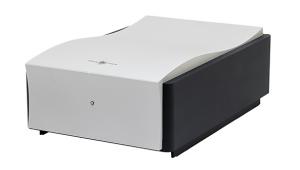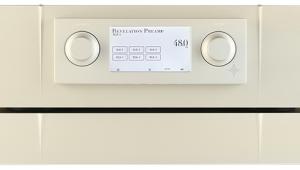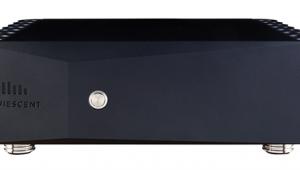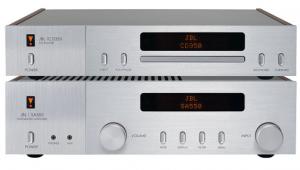Chord Ultima Pre/Power Amplifier
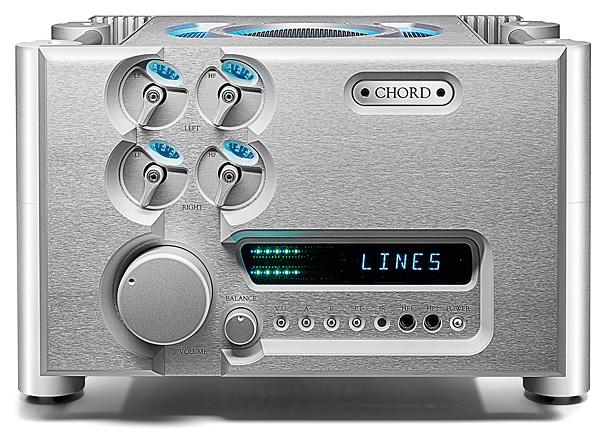
 Joining the 'horsepower club', Chord Electronics rolls out its flagship pre and massive (and hefty) monoblock power amps. Does the sound live up to the imposing style?
Joining the 'horsepower club', Chord Electronics rolls out its flagship pre and massive (and hefty) monoblock power amps. Does the sound live up to the imposing style?
At the risk of tempting fate, I wonder whether there's a power output arms race going on between manufacturers. The arrival of the new Ultima power amplifiers from Chord Electronics – at £30,000 apiece in either silver or black, along with the matching (and similarly-priced) Ultima preamp – suggests so. After all, their rated power of 780W/8ohm load is just north of the 768W claimed by Naim's 'Statement' NAP-S1 monoblocks [HFN Jun '15] – a target vaunted as 'one horsepower'. In practice, Naim's NAP-S1 achieved 795W/8ohm in PM's lab tests at the time, but it seems that in the current ultra-high-end amp scene, there ain't no substitute for cubic inches – or something like that.
Of course, anyone of the 'dab of opposite lock' persuasion, even if only in their dreams, knows that power isn't everything. Much more important is the way that power is put down to the road or, in hi-fi parlance, sent down to the speakers. In amplifiers as well as cars, it's all about power and grip.
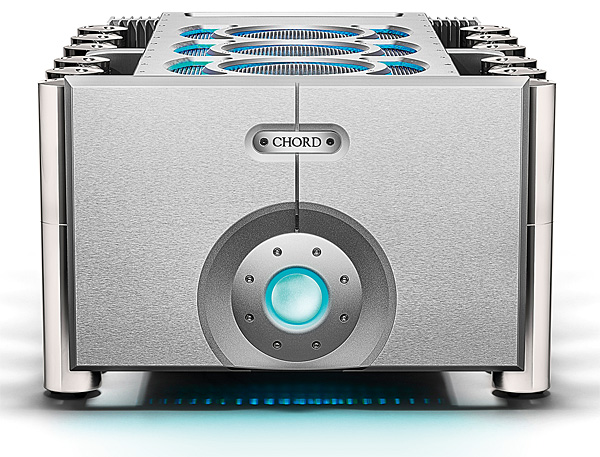
Kilowatt Clout
That's certainly what Chord is claiming for its new power amps. You see, not content with that impressive 8ohm output, it claims they deliver 1400W into 4ohm and 2500W into 2ohm – the sort of power that doesn't so much drive even recalcitrant speakers rather nicely as actually bludgeons them into submission. Or, as Chord puts it, the amplifiers 'have been conceived for the very finest high-end audio systems, those which by their very nature, tend to have the most demanding and most difficult-to-drive large loudspeakers. They deliver unsurpassed power and are capable of effortlessly driving any speaker'.
If all those suggestions of weapons-grade clout weren't enough, the Ultima power amps have the looks to back up the threat. This is Chord's unique industrial design rendered on the grand scale, complete with sculptural cut-outs in the solid slab-like panels, LED illumination and the company's Integra leg system. If you're feeling really brave or particularly strong – the amps are hefty, as well as large – you can actually buy extra legs and stack a pair of them. Or indeed stack a pair for each speaker, should you really wish.
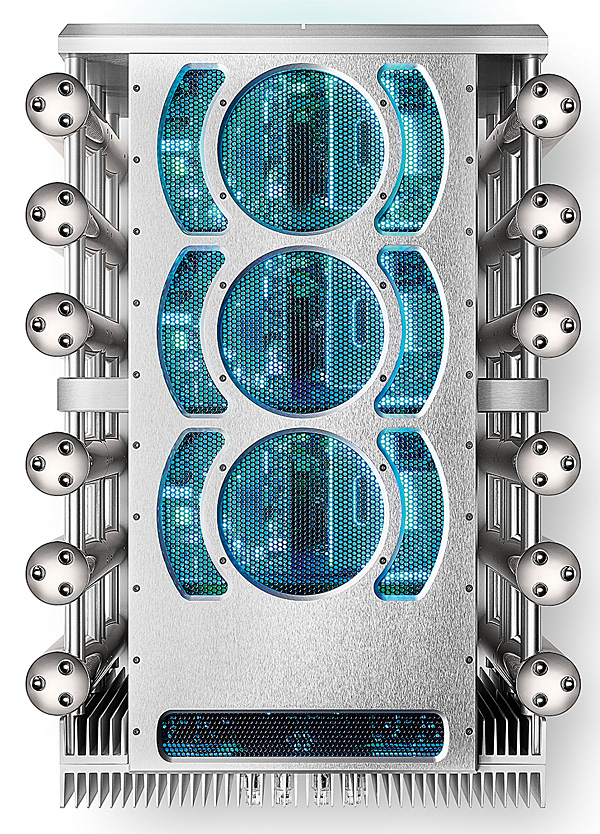
All that power is made possible by an array of 64 proprietary MOSFET output devices in each amplifier, while the drive circuitry uses a high-speed high-voltage amplifier with advanced feed-forward and feedback compensation. More of the design thinking and the legend behind it in PM's interview with Chord MD, Franks. Otherwise, the reality here is of a pair of massive power amps, complete with some unusual features.
Pole Stars
A glance at the rear panel, with its pairs of balanced and single-ended inputs, plus two sets of speaker terminals, might lead you to think this is a stereo design. In fact, the pair of inputs offer inverted and non-inverted polarity – some other amps do this with a switch – with Chord suggesting the non-inverted inputs might offer the best sound. The twin sets of speaker terminals are just there to facilitate bi-wiring, and the only other connection is a 12V trigger input, allowing the amps to be fired-up remotely from a preamp – of which more in a bit.
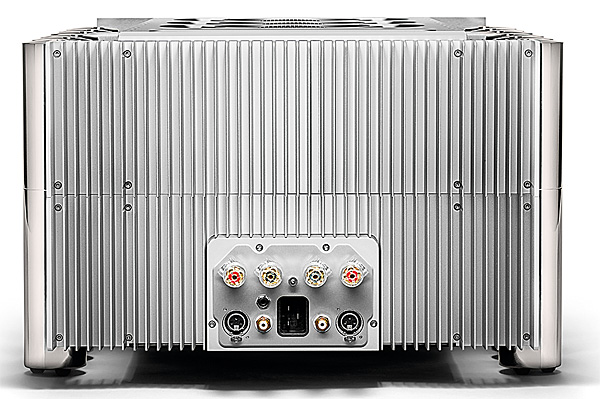
The single control to the front of the power amp serves the dual function of power switch and a dimmer for the somewhat spectacular illumination provided, which has become something of a Chord signature. The power button in the centre of the control glows red when in standby, turning to green when pushed to power the amp up, then blue – or teal, as Chord would have it – when the amp is settled and ready to play, following a spot of relay clicking.

Set Controls To Stun
In all likelihood the Ultimas will be sold as a trio with the partnering preamp, which takes all the Chord Electronics styling cues and cranks them up to 11. In simple terms, this is a preamp with four balanced and four unbalanced line inputs, plus an AV bypass input, and three sets of outputs, again on both RCAs and XLRs. But you know it's not going to be as simple as that as soon as you look at the size of the thing, and its array of controls. Not only is there a very large volume control and a smaller knob for balance, but four more adjusters for tone control, with separate low- and high-frequency selection for each channel. I was reminded of the tab controls inside a WWII fighter or those adjusting the heater in a post-war sports car...
In some ways this makes sense, given that the preamp is a dual mono design; in others, it does give the Ultima Pre a rather fussy look, emphasising that we are some way from the simple idea of an input switch and volume control. And so the preamp proves for there's adjustable gain for each input, and a slightly confusing 'Bus A' and 'Bus B' option, which in essence controls which input is routed to which output, so that one can be listened to while another is recorded, this blast from the past presumably brought to you by the nascent revival in the fortunes of the reel-to-reel tape recorder. Quite why 'Bus A' and 'Bus B' couldn't be labelled 'Listen' and 'Record' escapes me – I guess that just isn't the 'technical' Chord way of doing things.





